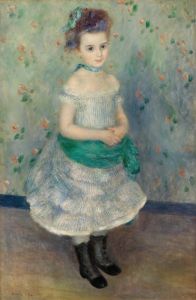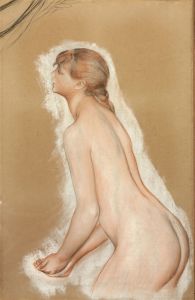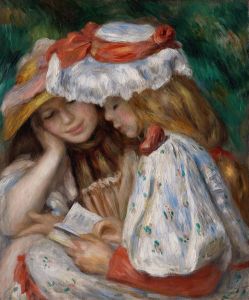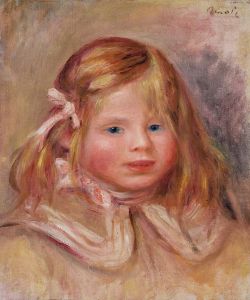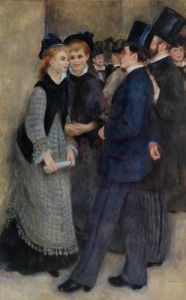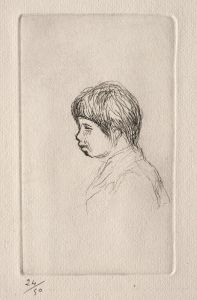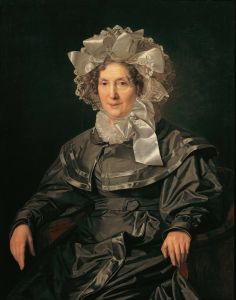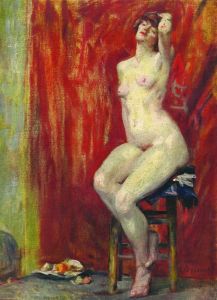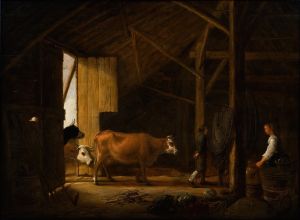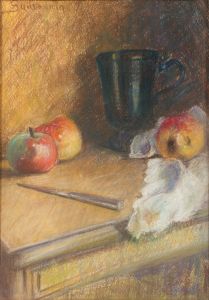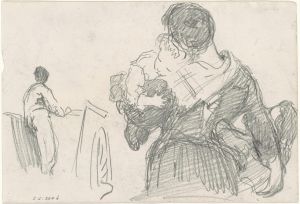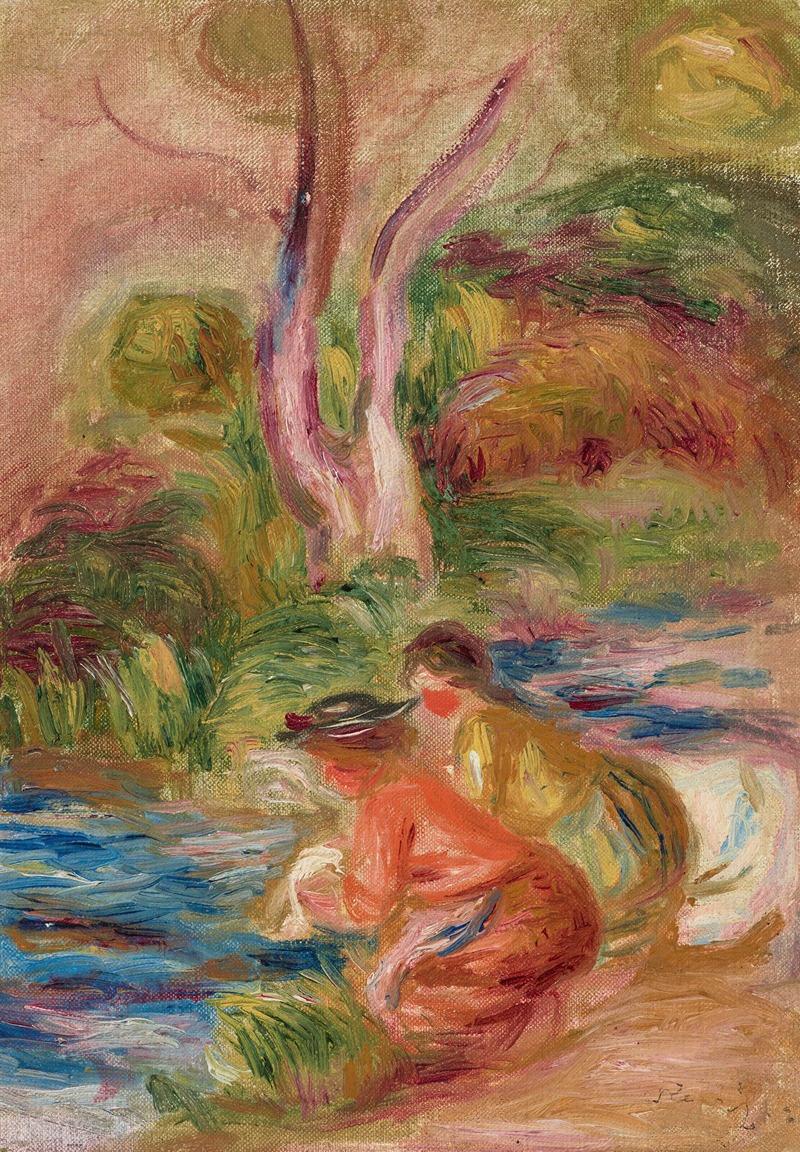
Les Laveuses
A hand-painted replica of Pierre-Auguste Renoir’s masterpiece Les Laveuses, meticulously crafted by professional artists to capture the true essence of the original. Each piece is created with museum-quality canvas and rare mineral pigments, carefully painted by experienced artists with delicate brushstrokes and rich, layered colors to perfectly recreate the texture of the original artwork. Unlike machine-printed reproductions, this hand-painted version brings the painting to life, infused with the artist’s emotions and skill in every stroke. Whether for personal collection or home decoration, it instantly elevates the artistic atmosphere of any space.
"Les Laveuses" (The Washerwomen) is a painting by the renowned French artist Pierre-Auguste Renoir, a leading figure in the Impressionist movement. Renoir, known for his vibrant light and saturated color, often depicted leisurely scenes of Parisian life, landscapes, and portraits. This particular work, "Les Laveuses," exemplifies his interest in capturing everyday life with a focus on the interplay of light and color.
Created in the late 19th century, "Les Laveuses" portrays a group of women engaged in the activity of washing clothes by a riverbank. This subject matter reflects Renoir's fascination with rural life and the traditional roles of women during this period. The painting is characterized by its loose brushwork and the soft blending of colors, which are hallmarks of Renoir's style and the Impressionist movement as a whole.
Renoir's technique in "Les Laveuses" involves the use of light to create a sense of atmosphere and depth. The sunlight filtering through the trees casts dappled shadows on the figures and the surrounding landscape, creating a dynamic interplay between light and shadow. This effect not only adds a sense of realism to the scene but also imbues it with a lively, almost shimmering quality.
The composition of the painting is carefully balanced, with the figures of the washerwomen arranged in a way that guides the viewer's eye through the scene. The riverbank serves as a natural setting that frames the activity, while the reflections in the water add an additional layer of visual interest. Renoir's choice of a rural setting for this work is indicative of his broader interest in capturing the beauty of nature and the simplicity of country life.
"Les Laveuses" is also notable for its depiction of women at work, a theme that Renoir explored in several of his paintings. While many of his contemporaries focused on urban scenes and the burgeoning modernity of Paris, Renoir often turned his attention to the timeless, everyday activities that defined rural existence. This focus on the ordinary tasks of life, rendered with such care and attention to detail, elevates the subject matter and invites viewers to appreciate the beauty in the mundane.
The painting is part of a broader body of work by Renoir that explores similar themes and techniques. His ability to capture the nuances of light and color, combined with his interest in depicting human figures in natural settings, has made him one of the most celebrated artists of his time. "Les Laveuses" stands as a testament to Renoir's skill and his enduring legacy within the Impressionist movement.
Today, "Les Laveuses" is appreciated not only for its artistic merit but also for its historical significance. It offers a glimpse into the daily lives of people in the 19th century and reflects the broader cultural and social contexts of the time. As with many of Renoir's works, it continues to be studied and admired for its contribution to the development of modern art.






